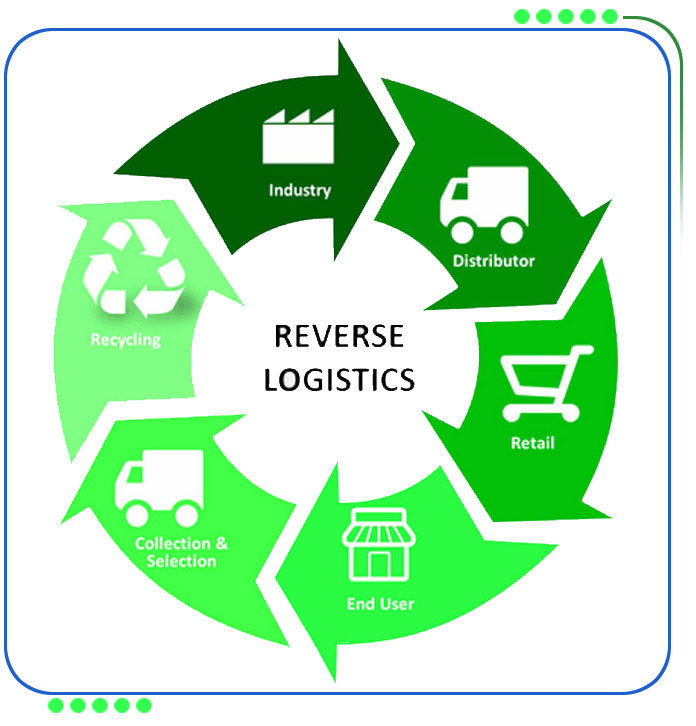
Reverse Logistics

Reverse logistics is any part of the logistics process where goods or services move from what is typically their final destination (the customer) back to their origin (or in some cases, to a third location). Reverse logistics encompasses work that happens after a product is delivered to a customer.
Let’s say you run a craft brewery. Delivering kegs to restaurants would be part of your forward logistics process. Picking up empty kegs from restaurants and bringing them back to your brewery would be reverse logistics. Another example would be returned goods in ecommerce.
How reverse logistics fits into your logistics chain
The precise steps in a reverse logistics chain vary from business to business, but reverse logistics typically refers to any part of a logistics supply chain that flows from the customer back to your business (or sometimes, to a third location). For a product company, this could be your customer exchange or returns process. For logistics services that offer to dispose of expired products for their customers, this could be taking containers to a recycling center.
It’s easy to see how forward logistics equates to revenue. After all, the goal for most businesses is to make money by selling a product or service to customers, not taking it back. Forward logistics includes manufacturing products, delivering them, and all of the steps you need to take to get your product into a customer’s hands.
Reverse logistics operations do not directly correlate to revenue for many businesses, which is why they are often overlooked. But improving your reverse logistics process can help you build a loyal customer base. Just consider how important a seamless return process is. Your relationship with your customer doesn’t end at delivery. It goes much further.
